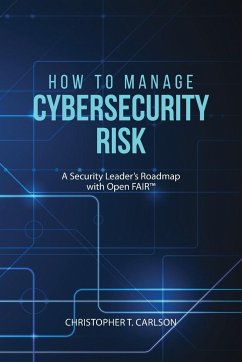Protecting information systems to reduce the risk of security incidents is critical for organizations today. This writing provides instruction for security leaders on the processes and techniques for managing a security program. It contains practical information on the breadth of information security topics, referring to many other writings that provide details on technical security topics. This provides foundation for a security program responsive to technology developments and an evolving threat environment. The security leader may be engaged by an organization that is in crisis, where the priority action is to recover from a serious incident. This work offers foundation knowledge for the security leader to immediately apply to the organization's security program while improving it to the next level, organized by development stage: • Reactive--focused on incident detection and response • Planned--control requirements, compliance and reporting • Managed--integrated security business processes The security leader must also communicate with the organization executive, whose focus is on results such as increasing revenues or reducing costs. The security leader may initially be welcomed as the wizard who applies mysterious skills to resolve an embarrassing incident. But the organization executive will lose patience with a perpetual crisis and demand concrete results. This writing explains how to communicate in terms executives understand.
Hinweis: Dieser Artikel kann nur an eine deutsche Lieferadresse ausgeliefert werden.
Hinweis: Dieser Artikel kann nur an eine deutsche Lieferadresse ausgeliefert werden.








